1. Saturnalia in Ancient Rome
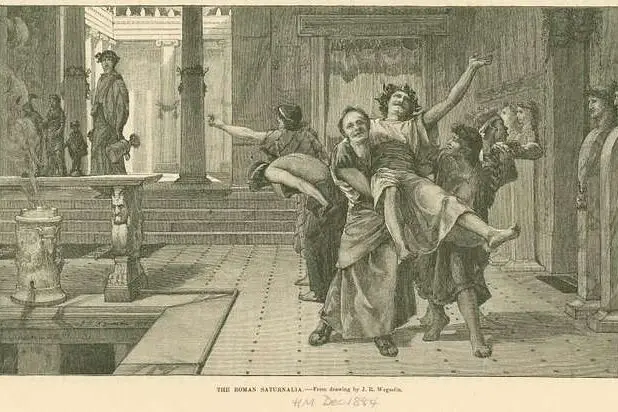
Imagine a holiday where social rules were flipped upside down. During Saturnalia, masters served slaves, gambling was encouraged, and public drunkenness was not just allowed but expected. The streets of Rome turned into a carnival of chaos, with people wearing silly hats and exchanging gag gifts. What started as a festival honoring Saturn became a weeklong party where just about anything went.
To modern eyes, the sheer lawlessness would be shocking. Offices shutting down for nonstop gambling, neighbors shouting drunken chants in the street, and children seeing adults act like fools would feel completely out of control. What we call “holiday spirit” today looks tame compared to Rome’s version of merrymaking.
2. The Festival of Lupercalia
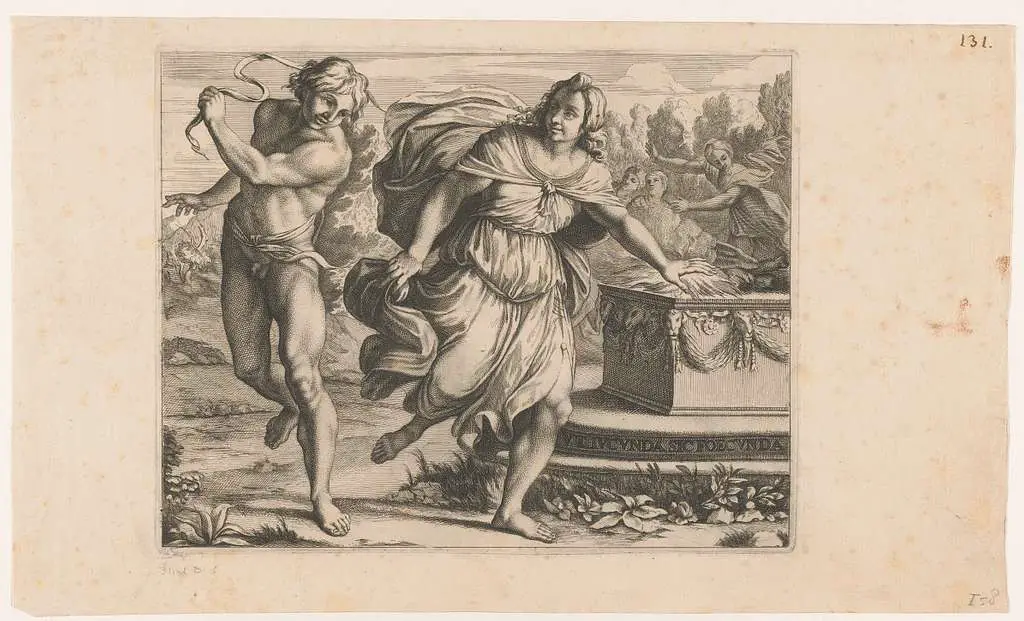
Lupercalia was meant to promote fertility, but its rituals would horrify anyone today. Young men would run through the streets nearly naked, carrying strips of goat hide dipped in sacrificial blood. They would strike women lightly with the hides, a gesture believed to boost fertility and ensure healthy childbirth.
It was part wild celebration, part disturbing spectacle. For modern crowds, the idea of being whipped by half-naked men in public as a “blessing” would be hard to swallow. What the Romans called a sacred fertility rite would now look more like a dangerous street brawl mixed with inappropriate hazing.
3. Aztec Festival of Tlacaxipehualiztli
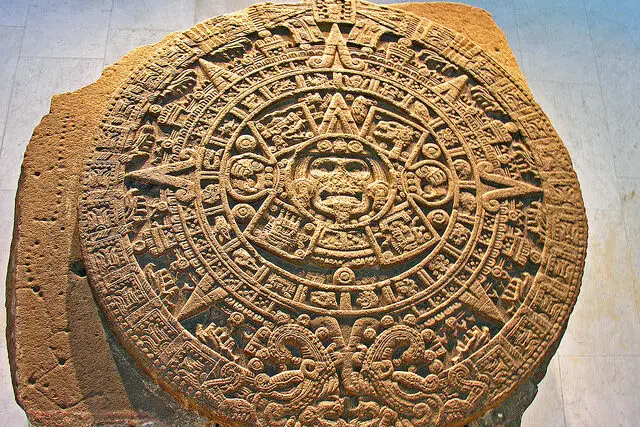
The Aztecs celebrated their war god Xipe Totec with rituals that involved skinning captives alive. Priests would then wear the victims’ skins, symbolizing rebirth and renewal of the earth. This gruesome festival was considered a sacred cycle of death and regeneration.
Today, the idea of parading around in human skin would be unthinkable. The Aztecs saw it as deeply spiritual, but modern audiences would see nothing but horror. Even trying to describe the ritual at a public gathering would leave people stunned and queasy.
4. Dionysian Mysteries in Greece
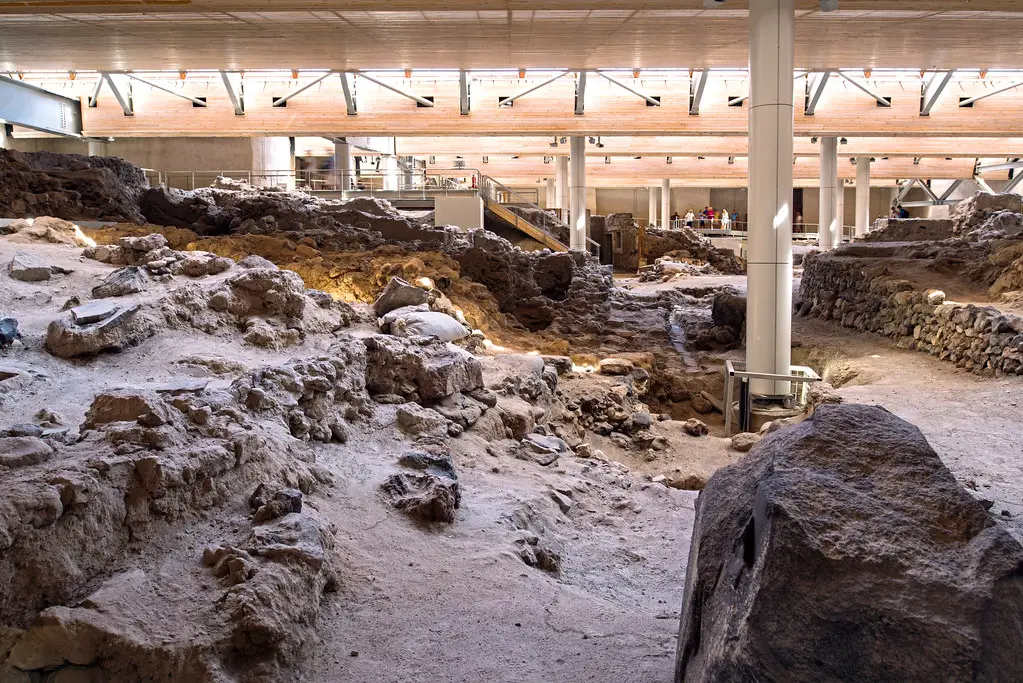
The worship of Dionysus was infamous for its wild abandon. These festivals involved drunkenness, ecstatic dancing, and sometimes tearing live animals apart with bare hands in frenzied rituals. Participants believed they were merging with the god through this madness.
Imagine thousands of people gathered in the hills, shrieking, drinking, and ripping apart living creatures. Modern festivals like Coachella or Burning Man would look like a church picnic in comparison. It was theater, religion, and chaos rolled into one unsettling celebration.
5. Celtic Beltane Fires
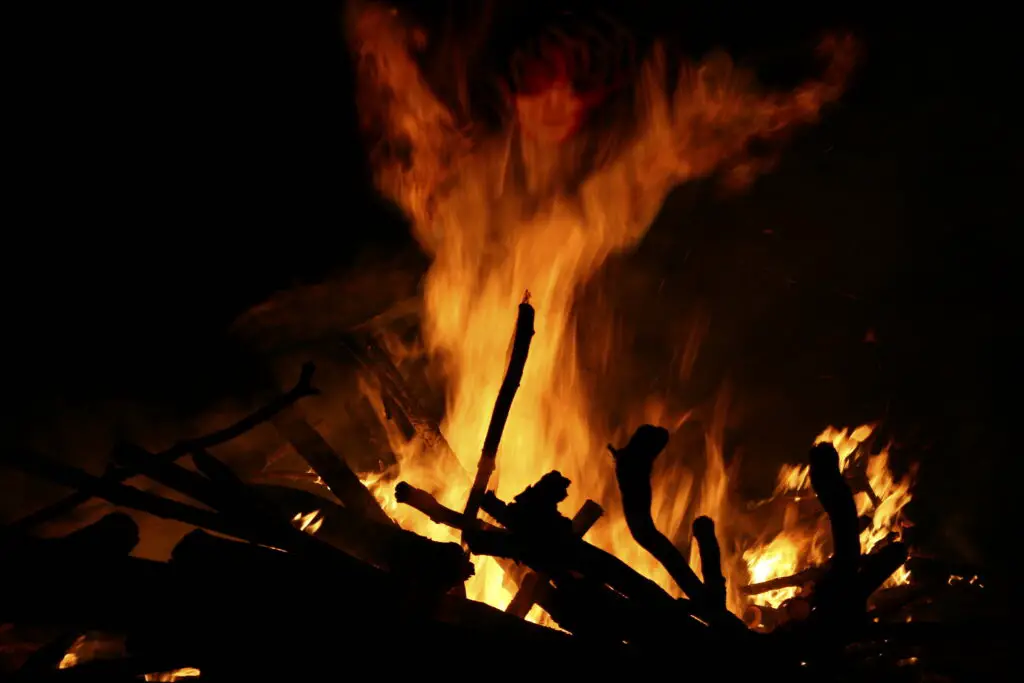
Beltane was about fertility and protection, celebrated with massive bonfires. People drove cattle between the flames to bless them and sometimes leaped over the fires themselves. Rituals could include wild dances, drinking, and implied fertility rites in the open fields.
To a modern crowd, driving livestock through flames or letting teenagers jump through bonfires would be a lawsuit waiting to happen. The festival’s carefree attitude toward risk and sensuality would feel both dangerous and scandalous. What the Celts saw as life-affirming, we’d call reckless.
6. Mayan Bloodletting Festivals

Mayan rulers performed bloodletting rituals in front of crowds, piercing tongues, ears, and even genitals to offer their blood to the gods. The dripping blood was seen as nourishment for divine beings, ensuring prosperity for the kingdom.
For modern audiences, this would feel more like a torture demonstration than a festival. Watching leaders publicly cut themselves and bleed as entertainment would shock anyone. Yet for the Maya, it was a sacred act of devotion and duty.
7. Egyptian Festival of Bubastis
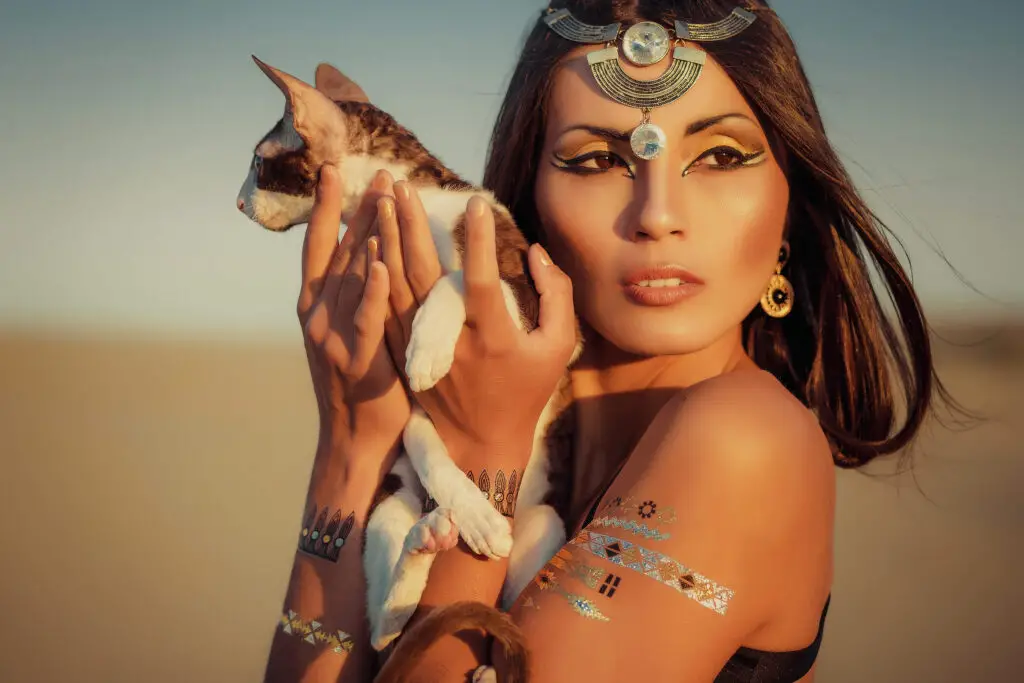
The Egyptians honored the cat goddess Bastet with festivals that were rowdy and shocking for their time. People traveled by boat, drinking heavily, singing loudly, and exposing themselves to others along the Nile as part of the revelry.
While we think of ancient Egypt as solemn and mysterious, this festival was closer to Mardi Gras. The drunkenness and public indecency would cause outrage in most modern cities. Yet to the Egyptians, it was joyful devotion to a beloved goddess.
8. Roman Gladiator Festivals
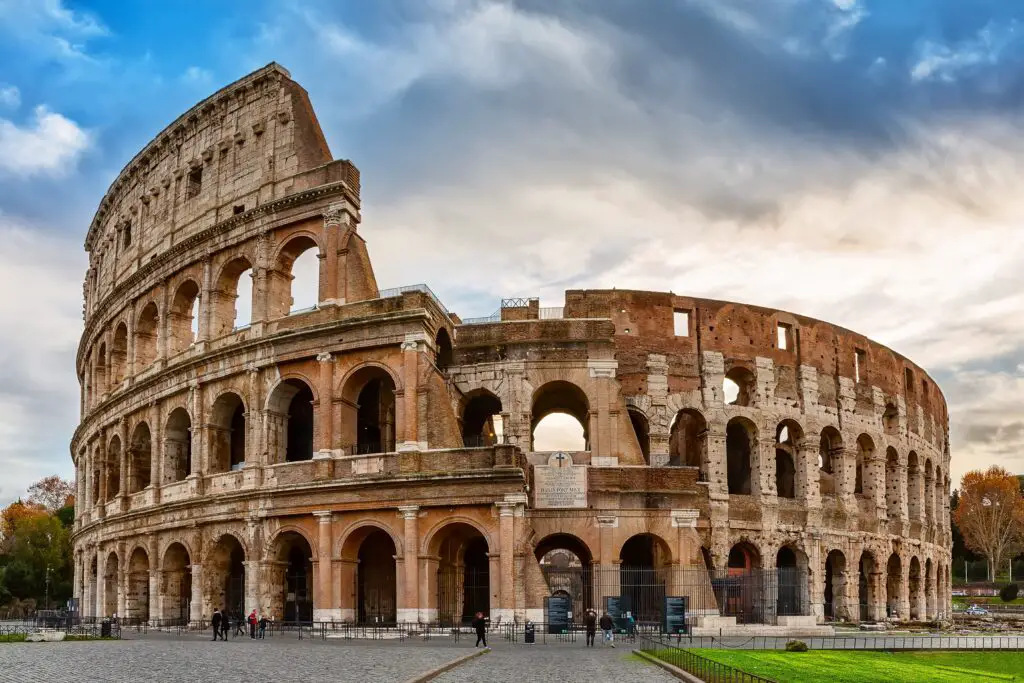
Many Roman festivals featured gladiatorial games where people fought to the death. Crowds roared with approval as blood was spilled, and nobles treated it as prime entertainment. These events honored gods or celebrated emperors while indulging the public’s appetite for violence.
Modern sports fans might be passionate, but the idea of watching people actually die in an arena would be horrifying. The Romans normalized something that we would classify as barbaric and criminal. Their “festival fun” would be today’s nightmare.
9. Incan Inti Raymi
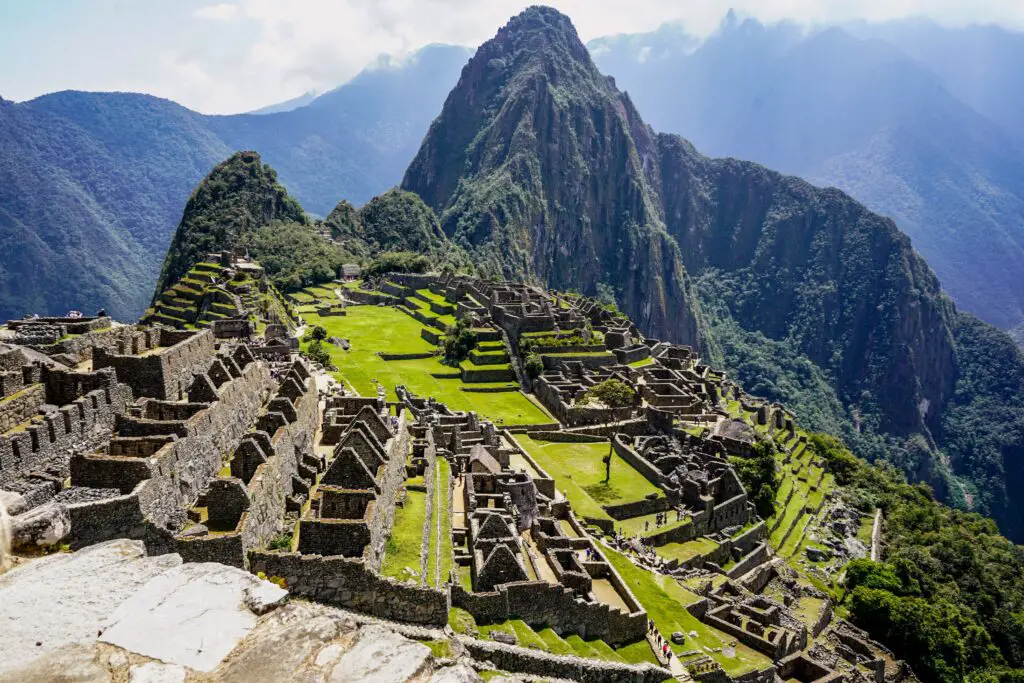
This Sun Festival celebrated the god Inti with dances, sacrifices, and offerings. Early rituals included animal sacrifice, and some evidence suggests human offerings may have also taken place to secure blessings from the sun.
What was once a dazzling display of loyalty to the gods would feel brutal to us. Thousands gathering to watch blood spilled in honor of a celestial body would make modern spectators recoil. Even if meant symbolically, the sheer intensity would leave people disturbed.
10. Mesopotamian Akitu Festival
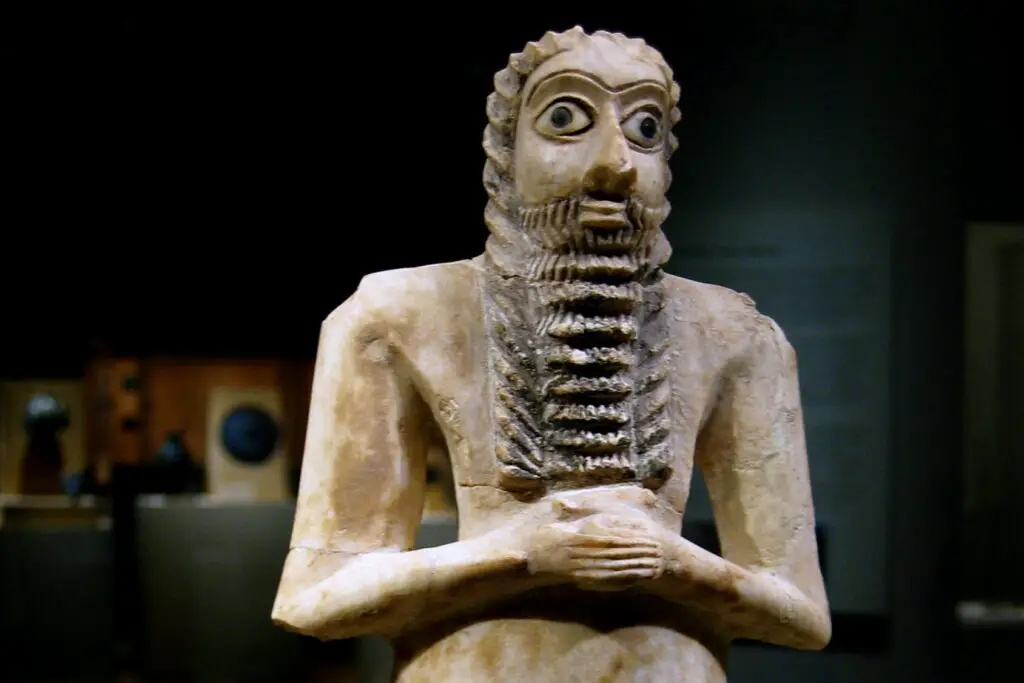
The Akitu was a New Year festival where kings were humiliated before the gods. The ruler had to confess sins, was sometimes slapped, and only after being degraded could he be reaffirmed as king. This ritual reinforced divine order and political authority.
Imagine a modern president or prime minister dragged in front of a crowd, slapped, and forced to admit faults before being allowed back to power. The shock value would be enormous. What the Babylonians saw as sacred renewal would look like humiliating abuse today.
11. Norse Blóts
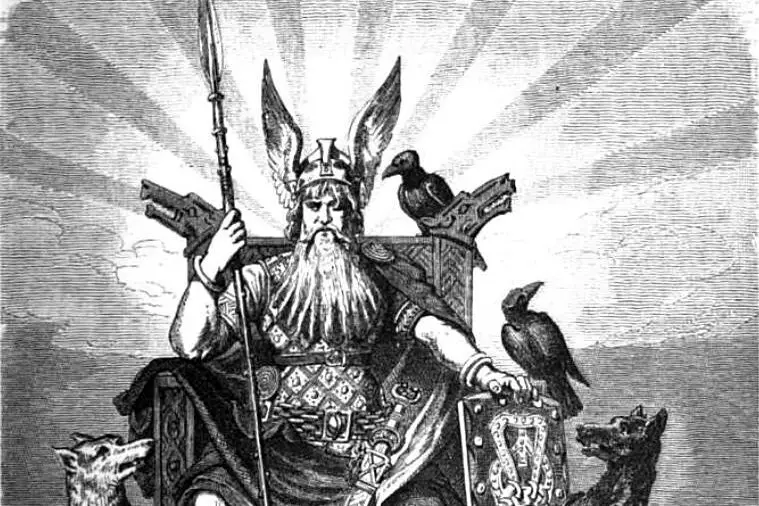
The Norse held blóts, sacrificial festivals dedicated to gods and spirits. Animals were killed, their blood sprinkled on participants, and feasts followed the rituals. In rare cases, historical sources suggest human sacrifices may have occurred.
To modern festivalgoers, being splattered with animal blood in a sacred hall would be terrifying. While the Norse saw it as honoring life forces and ensuring prosperity, today it would feel like a gruesome horror show. The combination of violence and celebration is something we can hardly comprehend.
12. Thargelia in Athens
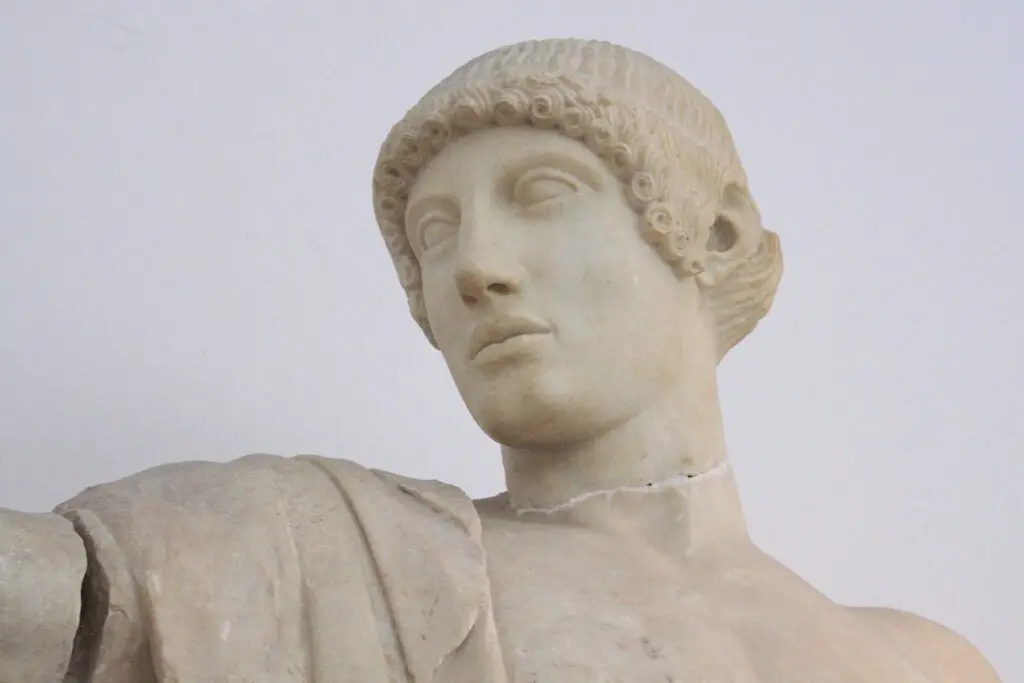
Thargelia was a harvest festival where scapegoats, called pharmakoi, were ritually driven out or even executed to purify the city. These people were often criminals or marginalized individuals offered as symbolic sacrifices for the good of all.
Modern audiences would be horrified at the thought of sacrificing human “scapegoats” to solve society’s problems. It reveals how different ancient justice and religion looked compared to today. What was once seen as necessary purification now feels cruel and tragic.
13. Festival of Ishtar in Babylon
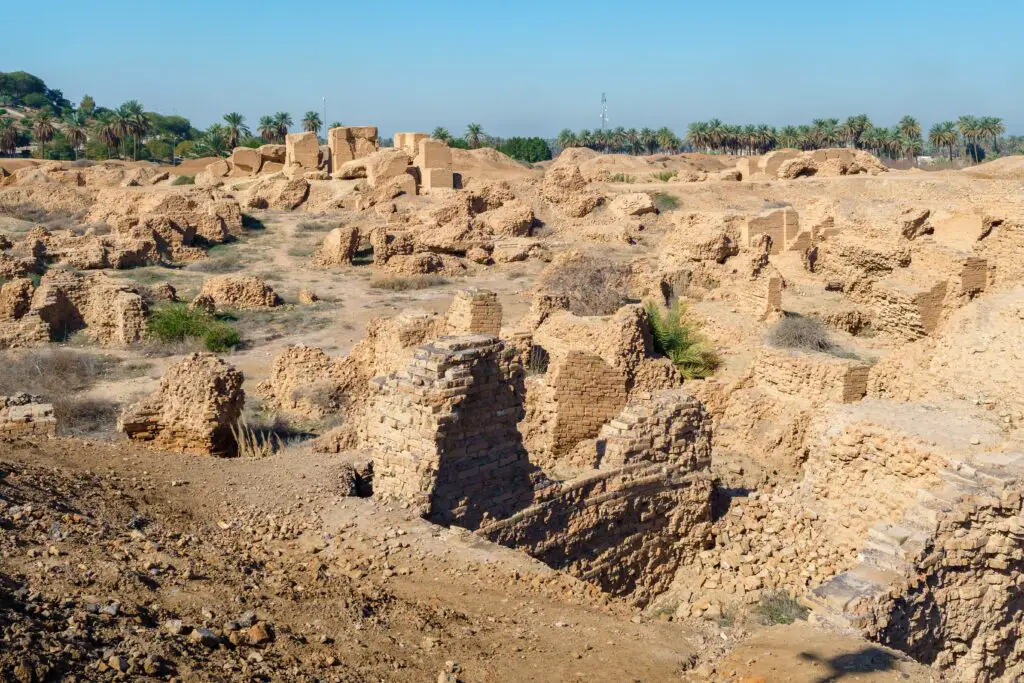
The worship of Ishtar involved rituals of sacred prostitution and dramatic reenactments of myths about fertility and war. Priests and priestesses performed sexual rites to honor the goddess, with entire communities participating or observing.
While the Babylonians considered it holy, a modern crowd would be shocked and scandalized. Mixing sexuality, religion, and public ritual so openly would stir outrage in most societies today. The boundary between devotion and decadence was blurred in ways that feel unimaginable now.
